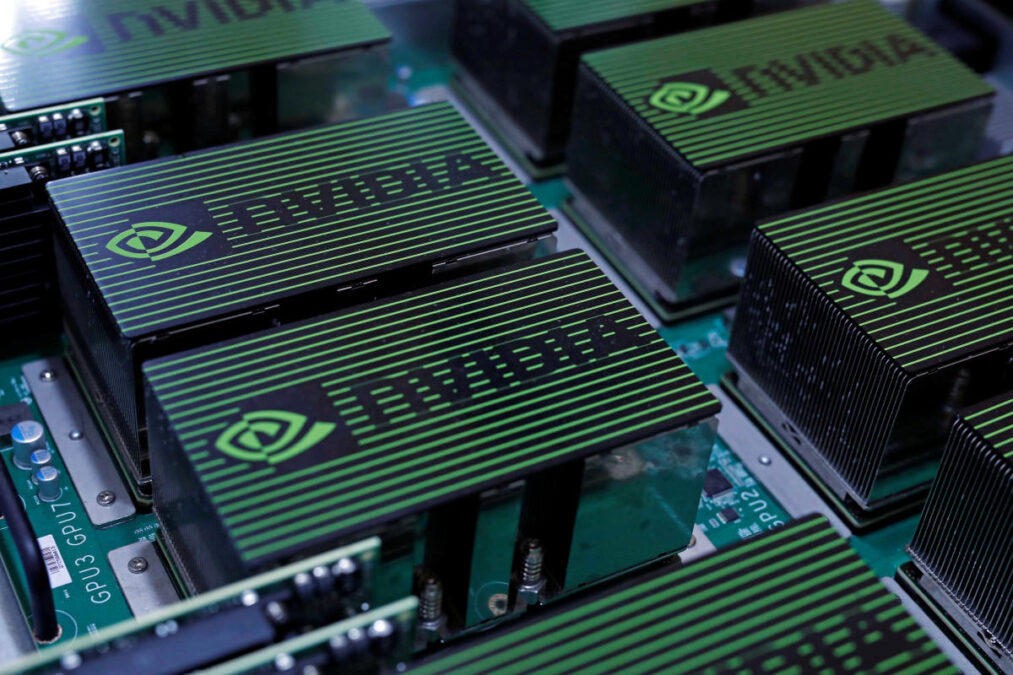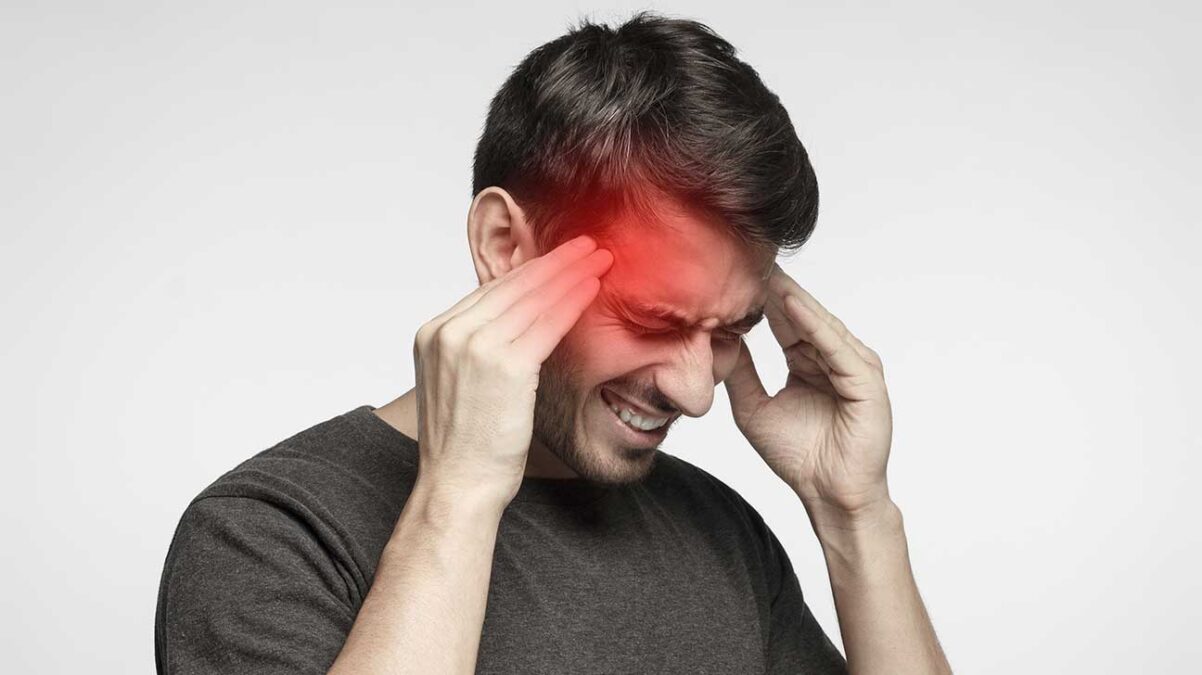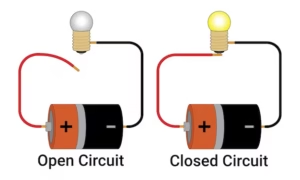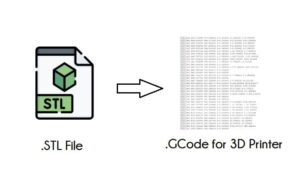Introduction
Headaches are a common ailment that nearly everyone experiences at some point. They can range from mild discomfort to severe, throbbing pain that disrupts daily life. One type of headache that can cause concern is a right-sided headache. If you’ve ever wondered why your headache is concentrated on just one side of your head, specifically the right side, you’re not alone. In this article, we’ll dive into what a right-sided headache could mean, its potential causes, and how to address it.
What Is a Right-Sided Headache?
A right-sided headache refers to pain or discomfort that is felt on the right side of the head. It may occur in different areas, such as the temple, behind the eye, or at the base of the skull. These headaches can feel sharp, throbbing, or dull, and the intensity can vary from mild to debilitating.
Common Causes of Right-Sided Headaches
Tension Headaches
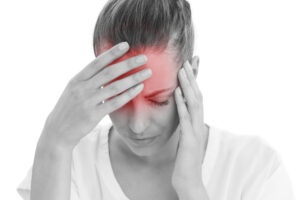
Tension headaches are the most common type of headache, often caused by stress, anxiety, or muscle strain. They usually result in a dull, aching sensation on one or both sides of the head, including the right side. Tension headaches can be triggered by poor posture, eye strain, or sitting in one position for too long.
Migraines
Migraines are notorious for causing intense, throbbing pain that usually occurs on one side of the head. A right-sided migraine is often accompanied by symptoms like nausea, vomiting, and sensitivity to light or sound. Migraines can be triggered by hormonal changes, certain foods, stress, or environmental factors.
Cluster Headaches
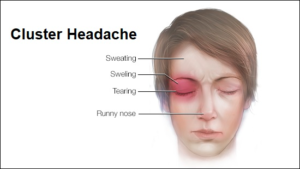
Cluster headaches are a less common but incredibly painful type of headache. They tend to occur in cycles, or “clusters,” often affecting just one side of the head, including the right side. These headaches are characterized by severe, stabbing pain around the eye, along with watery eyes and nasal congestion.
Sinus-Related Headaches
If you’ve got sinus pressure, it can result in a headache on the right side of your face or forehead. Sinus headaches typically occur with other sinus symptoms like congestion, facial pressure, and a runny nose.
Less Common Causes of Right-Sided Headaches
Occipital Neuralgia
Occipital neuralgia is caused by irritation or injury to the occipital nerves, which run from the top of your spine to your scalp. This condition can result in sharp, electric shock-like pain on one side of the head, often at the back or base of the skull.
Trigeminal Neuralgia
This is a rare but painful condition affecting the trigeminal nerve, which carries sensation from your face to your brain. Trigeminal neuralgia can cause intense, stabbing pain on one side of the head, often triggered by everyday activities like chewing or touching your face.
Cervicogenic Headaches
Cervicogenic headaches originate from issues in the neck, such as poor posture, injury, or arthritis. The pain typically starts in the neck and radiates up to one side of the head, including the right side.
How to Differentiate Between Types of Headaches
Location of Pain
Pay attention to where your headache is centered. Tension headaches often affect both sides, while migraines and cluster headaches usually stick to one side, like the right.
Associated Symptoms
Migraines might come with nausea or light sensitivity, while sinus headaches are likely to involve congestion and facial pressure.
Duration and Intensity of Headaches
Tension headaches are usually mild and constant, while migraines are severe and can last for hours or even days.
Symptoms That May Accompany Right-Sided Headaches
Sensitivity to Light or Sound
If you find yourself retreating to a dark, quiet room when you have a headache, it could be a migraine. Sensitivity to light and sound is a hallmark of migraines.
Nausea and Vomiting
Migraines often cause gastrointestinal symptoms like nausea or vomiting. This is one way to differentiate them from tension or sinus headaches.
Blurred Vision or Aura
Some people experience visual disturbances, called aura, before a migraine begins. This can include flashing lights, blind spots, or blurry vision, often preceding pain on one side of the head.
Right-Sided Headaches and Migraines
Migraines commonly affect one side of the head, and there’s a reason for that. Migraines are believed to involve changes in the brain’s blood flow and nerve pathways, often localized to one area. If your right-sided headaches are frequent and intense, there’s a good chance you’re experiencing migraines.
Recognizing the Triggers of a Migraine
Certain foods, stress, hormonal changes, or environmental factors like bright lights can trigger migraines. If you can identify your triggers, you might be able to prevent future attacks.
Tension Headaches vs. Migraines
Key Differences
Tension headaches are usually dull and mild, while migraines are sharp and severe. Tension headaches also don’t come with nausea or visual disturbances, which are common with migraines.
How to Know if You’re Experiencing a Migraine
If your headache is only on one side, throbbing, and comes with other symptoms like light sensitivity or nausea, it’s likely a migraine.
Treatment Options for Right-Sided Headaches
Over-the-Counter Medications
Pain relievers like ibuprofen or acetaminophen can help alleviate tension headaches and mild migraines. However, overuse can lead to rebound headaches.
Prescription Medications
For severe migraines, doctors may prescribe triptans or other medications that specifically target migraine symptoms.
Natural Remedies and Lifestyle Changes
Natural remedies like practicing relaxation techniques, ensuring proper hydration, or using essential oils like peppermint can provide relief. Lifestyle changes such as regular exercise and adequate sleep are also important for preventing headaches.
When to Seek Medical Attention
Symptoms Indicating an Emergency
If you experience a sudden, severe headache that feels like the “worst headache of your life,” or if it’s accompanied by confusion, fever, or vision loss, seek medical attention immediately. These could be signs of a more serious condition like a stroke or meningitis.
Chronic Headaches and Their Underlying Causes
If your headaches are frequent and severe, consult a doctor to rule out underlying causes like a neurological disorder or chronic migraine condition.
Preventing Right-Sided Headaches
Identifying Triggers
Keep a headache diary to identify what triggers your right-sided headaches. Once you know your triggers, you can take steps to avoid them.
Stress Management and Relaxation Techniques
Since stress is a common trigger for headaches, incorporating relaxation techniques like deep breathing, meditation, or yoga can help reduce their frequency.
Healthy Habits to Prevent Headaches
Staying hydrated, eating a balanced diet, and maintaining a consistent sleep schedule are all essential in preventing headaches.
The Role of Stress and Anxiety in Right-Sided Headaches
How Emotional Stress Affects Headaches
Stress can lead to muscle tension, which often results in tension headaches. Prolonged stress can also trigger migraines.
Ways to Manage Stress to Reduce Headache Frequency
Practicing mindfulness, taking breaks throughout the day, and engaging in hobbies that help you unwind can effectively manage stress and prevent headaches.
The Connection Between Posture and Right-Sided Headaches
Poor Posture Leading to Muscle Tension
Slouching at your desk or craning your neck forward can strain the muscles around your head and neck, leading to tension headaches on the right side.
Simple Posture Adjustments to Reduce Headaches
Ensure you’re sitting up straight with your head aligned with your spine. Take frequent breaks to stretch and adjust your posture.
Dietary Factors That May Cause Right-Sided Headaches
Common Food Triggers Like Caffeine and Alcohol
Caffeine and alcohol are common culprits of headaches. Consuming them in excess or withdrawing from caffeine too quickly can trigger right-sided headaches.
Importance of Hydration
Dehydration is a frequent cause of headaches, including those on the right side. Make sure you’re drinking enough water throughout the day.
Conclusion
Right-sided headaches can be frustrating and disruptive, but understanding their causes is the first step toward relief. Whether it’s due to stress, migraines, or posture, there are effective treatments and preventive measures you can take. If your headaches are chronic or severe, don’t hesitate to seek medical advice. With the right approach, you can manage and even prevent right-sided headaches, allowing you to get back to enjoying life headache-free.


